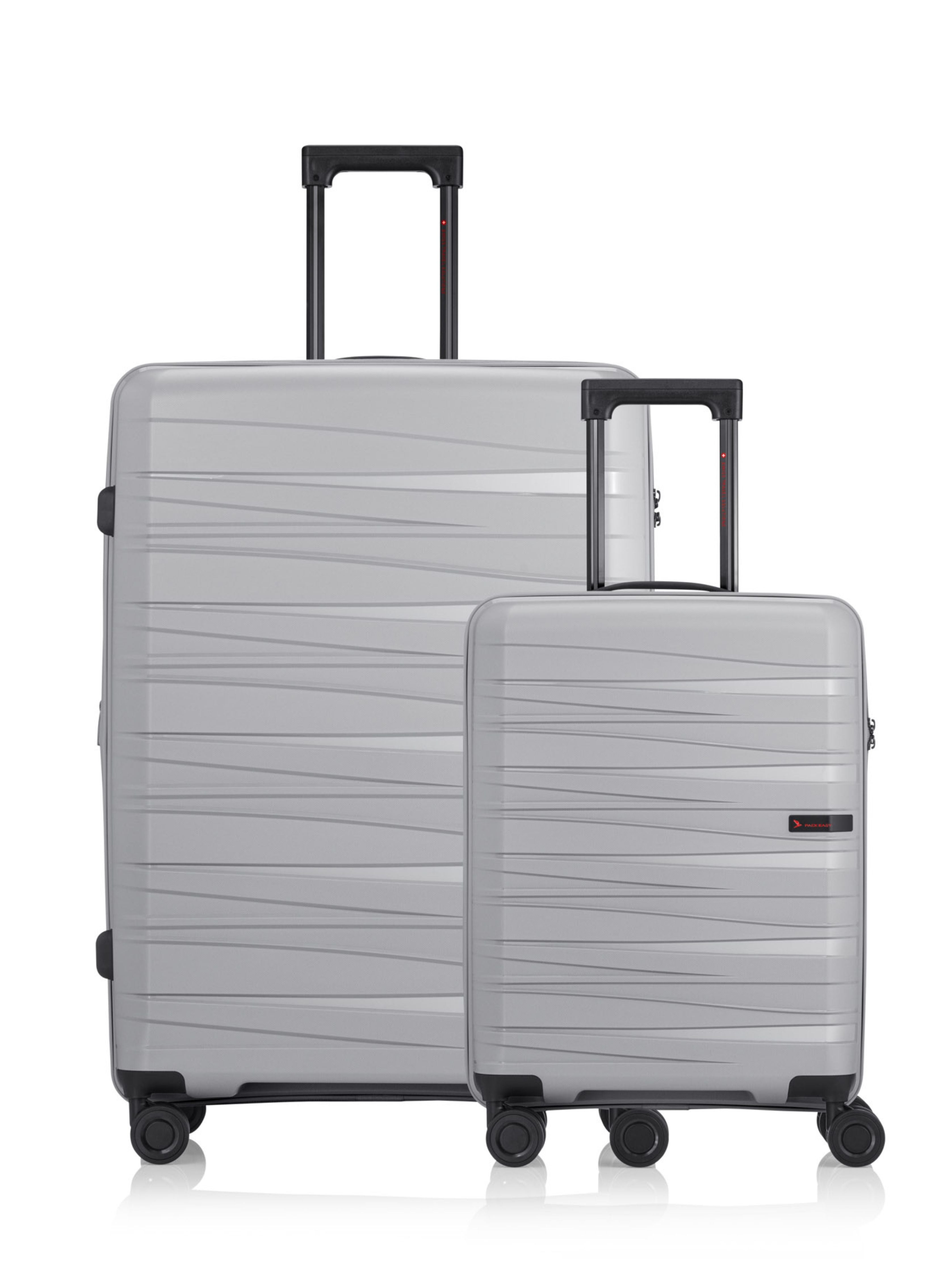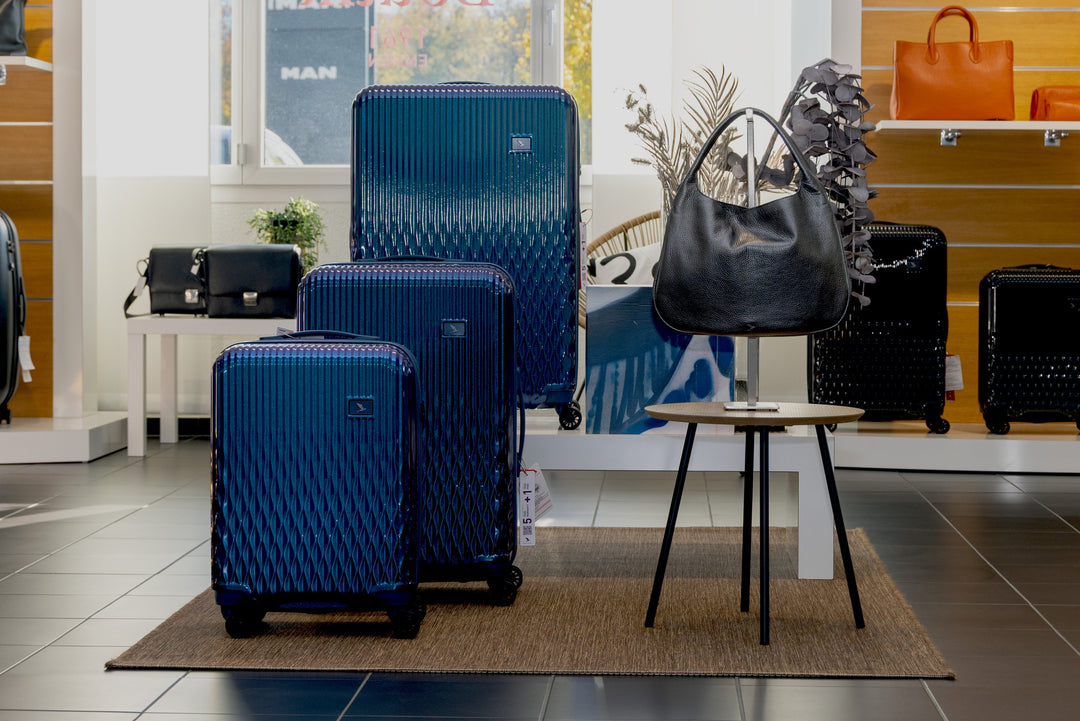9. Stage - Tel Aviv - City of contrasts
This year, however, nothing is the same anymore. A small virus restricts us travelers, cities or even whole countries refuse entry to travelers. Luckily for us, migratory birds do not need a landing permit, so we may nevertheless take you on a mental journey through Tel Aviv, in the hope that this wonderful city may open its gates again very soon.

"Tel Aviv Nonstop City" with this slogan advertises the city for itself and hits the spot. In Tel Aviv there is always something to do, to see, to enjoy, to experience. Its inhabitants are famous for their exceptional tolerance and zest for life, which they infect visitors and locals alike. If you ask where this joy of life, this peace and serenity comes from, many people just shrug their shoulders with an equanimity. Perhaps it is the dark clouds that are brewing over the city from time to time and encourage people to live in the here and now.
Gloomy clouds as a symbol of conflicts between religious groups, fanatics and the state government, which have been seething the port city of Jaffa since time immemorial. But safety is the top priority in Tel Aviv, which is why we can now explore this fascinating city with ease. The two districts of Jaffa and Tel Aviv have now melted together, on the one hand the urban and dynamic Tel Aviv, on the other the traditionally oriental and cosy Jaffa. Just a few steps away from the oldest port in the world, you can stroll between time-honored buildings, flea markets, handicraft studios, boutiques and pretty street cafés with green terraces. It is worth stopping and taking a closer look at the winding alleys from time to time. Antique doorknobs, including a simple shoe or house numbers on green and blue ceramic signs bearing the twelve signs of the zodiac reward the attentive eye.
Although most visitors come for a short gallery hop, the beach promenade, St. Peter's Church or the bell tower, the most popular places to visit are the old churches of St. Peter's or the bell tower. But a visit to Jaffa is always also a journey into the past. Here, Jews, Phoenicians, Hasmoneans, Egyptians, Napoleon's troops, Palestinians, Ottomans, Europeans and Russians have all left their traces.
Scene meeting place and booming cultural center

At the foot of the old town of Jaffa in the artists' quarter Neve Tzedek, a very special place awaits us: Ha Tachana is the name of the old railroad station with the historic railroad line that once connected Jaffa and Jerusalem. In a project lasting several years, the 22 buildings on several thousand square meters have been converted into an impressive cultural and leisure area that impressively demonstrates how much the young, modern generation and its passion for a Western way of life is making its way into everyday Jewish life. Especially the evenings in the colorful oasis are very appealing to us. Concerts and contemporary dance, even beer festivals (although only little alcohol is drunk here) or art exhibitions attract young and young-at-heart visitors. Outside under trees decorated with fairy lights, a gentle breeze and the setting sun underline the peaceful, relaxed evening atmosphere.
https://www.hatachana.co.il/en/
A celabration for the senses

Early in the morning, when the sun is not yet burning relentlessly from the sky, we set off for one of the liveliest and most colorful places in Tel Aviv. The Carmel Market is the largest fruit and vegetable market in the metropolis. Here the city's chefs stock up on fresh produce and local produce and let themselves be enchanted by the scent of aromatic spices. The traditional market, which has existed since 1920, attracts many visitors, and also offers clothes, shoes and bags. But the focus is on enjoyment. We also treat ourselves to a short espresso break in the Cafe Bshuk. This tiny store, where a few chairs invite you to linger, is one of the insider tips among market visitors. In addition to international coffee beans and accessories, especially the varieties from the traditional roasting plant in Haifa are among the bestsellers. Fresh and full of energy we stroll again past the colorful stands with exotic fruits and regional delicacies and ask ourselves: What do people in Tel Aviv actually like to eat best?
https://en.shuktlv.co.il/category/cafe-bshuk
Humus, Hummus or Houmous?

Two things belong to the cuisine of Israel, just as pizza belongs to Italy: hummus and pomegranate. The deep red, juicy fruit and the creamy chickpea puree are something like the national pride of the Israelis and are known far beyond the borders. Yet nowhere else is their taste so full-bodied and intense. Pomegranates are revered as a superfruit in this country. No wonder, the small seeds are full of vitamins and fiber and are also extremely decorative. The juice of this extraordinary fruit is also very much appreciated in Levantine cuisine for refining sauces and soups and for its deep red color. Incidentally, countless myths surround this exotic fruit, which is said to contain exactly 613 seeds, the same number as the 613 commandments and prohibitions of the Torah. But the favorite national dish of the Israelis is "hummus". There are countless spellings for this traditional dish, but it is always pronounced with a Swiss "ch" and "o" instead of "u", which is roughly: "Chommos". The creamy mush made of chickpeas, tahina and olive oil is offered in at least as many variations: Sometimes cold, sometimes warm, with meat, with vegetables, pure or strongly spiced. Only the freshly baked flat bread, which replaces spoon and fork, is its faithful and constant companion.
Sarona - the "smallest city" in the middle of the metropolis

Another monument preservation project of Tel Aviv's urban planners is now one of the hotspots and most popular meeting places for locals and visitors alike. Sarona was built over 150 years ago by a German Templar society that wanted to exemplify and spread Christianity. The charming houses have been lovingly restored, in between there are cobbled streets that always bring back memories of our European home. Although we are in the center of Tel Aviv, we feel miles away from the hustle and bustle of the big city. The clocks seem to tick slower here, Sarona is the perfect place for an extensive break. The heart of the up-and-coming quarter is the covered "Sarona Market" with over 90 different food stalls. A true paradise for gourmets, because here the most delicious dishes from all cuisines and cultures are brought together, combined with each other and perfectly prepared for all senses. You could feast here all day long, but a number of museums and boutiques also invite you to explore, or you can simply sit down on one of the grass-green meadows and watch happily and saturated the dragging clouds in the bright blue sky.
https://www.saronamarket.co.il/
From morning to night - every time of day has its special charm on the beach

The inhabitants of Tel Aviv are bon vivants, we have noticed this several times now. They cultivate the sunny sides of life and remain friendly and relaxed despite the noticeable hustle and bustle in this big city. Is the high life expectancy a result of this? Or is it perhaps rather the conspicuous inclination to body cult that catches the eye especially along the beach promenade? Almost every beach has beach volleyball courts, bike paths and street-workout equipment, where young and old can work out together. It actually seems as if everyone keeps fit here. Tel Aviv's beach promenade stretches for 14 kilometers, but is divided into different sections. For example, there is the religious beach, which is open to men or women on a daily basis, or the Atzmout beach for homosexuals, the Hilton beach, which is said to be the best for a swim in the sea, or the Frishman beach, which is voted the most beautiful by the locals. In the evening hours, many of the city's residents are drawn to the beaches for barbecues and thick clouds of smoke mingle with the surf. Here we hear Hebrew, there a few Arabic words, there is singing and laughing. But we are drawn a few steps further. Only a few minutes away from the beach is the Imperial Craft Cocktail Bar. Here, behind the bar, you will find the most famous names in the scene and beguile the guests with extraordinary creations. The artfully draped drinks are not only meant to taste good, but with sonorous names such as "La Vie en Rose" or "Prelude to a Kiss" they also evoke a unique attitude towards life.
White City - a game with light and shadow

Tel Aviv is one thing above all: unusual, striking and eccentric. And so it is hardly surprising that a number of at first glance inconspicuous Bauhaus buildings here have been named a UNESCO world heritage site.
The Bauhaus architecture originated in Weimar, Germany, and from there it was spread all over the world. In the "White City", with around 4000 buildings, the largest ensemble is located in the "International Style", which is characterized above all by functional and rational forms. Between 1931 and 1956 the masterful work was created, which confronted the architects, most of whom were of German origin, with a number of local challenges. For example, several thousand trees first had to be planted to consolidate the sandy terrain, and the lighting conditions were of course quite different from those at home. With smaller windows, asymmetrical facades or sun shades, the climatic conditions were taken into account, but nevertheless, light-flooded rooms, courtyards and squares were created. Most of the most beautiful buildings are located on Rothschild Boulevard and around Dizengoff Square. It is the heart of the UNESCO World Heritage Site and was recently restored to its original state after years of unsuccessful renovation, making it one of Israel's greatest architectural sins. Today it shines in its former glory. The curved balconies and facades of the surrounding buildings are particularly eye-catching, almost reminiscent of ships. One of them is the former Esther cinema, now a beautiful hotel, in whose rooms the flair of the 1930s cinemas can be felt everywhere. In the north of the "White City" are the Jehoshua Gardens - a huge park on the banks of the Jarkon River, which has become a popular retreat for city dwellers. To the northwest is the port of Tel Aviv, today a popular nightlife district with countless restaurants and clubs.
https://www.atlas.co.il/cinema-hotel-tel-aviv-israel
Travel in style - against all odds
On their journey south, the migratory birds of Pack Easy have impressively shown us the beauty and diversity that can be found on all continents. Also in the north, east and west - traveling has always been an enrichment for us humans.
One thing is clear, we don't want to miss out on the many enchanting places in the world and prefer to complement our luggage with the must-have accessory of the year 2020. The FeelSafe mask set allows us to stay mobile safely, fashionably and sustainably. Tel Aviv is just one city that will hopefully welcome us again soon, but no matter to which corner of the world we are drawn, this new stylish companion belongs in our hand luggage from now on.
Pack Easy Onlineshop - FeelSafe mask set





